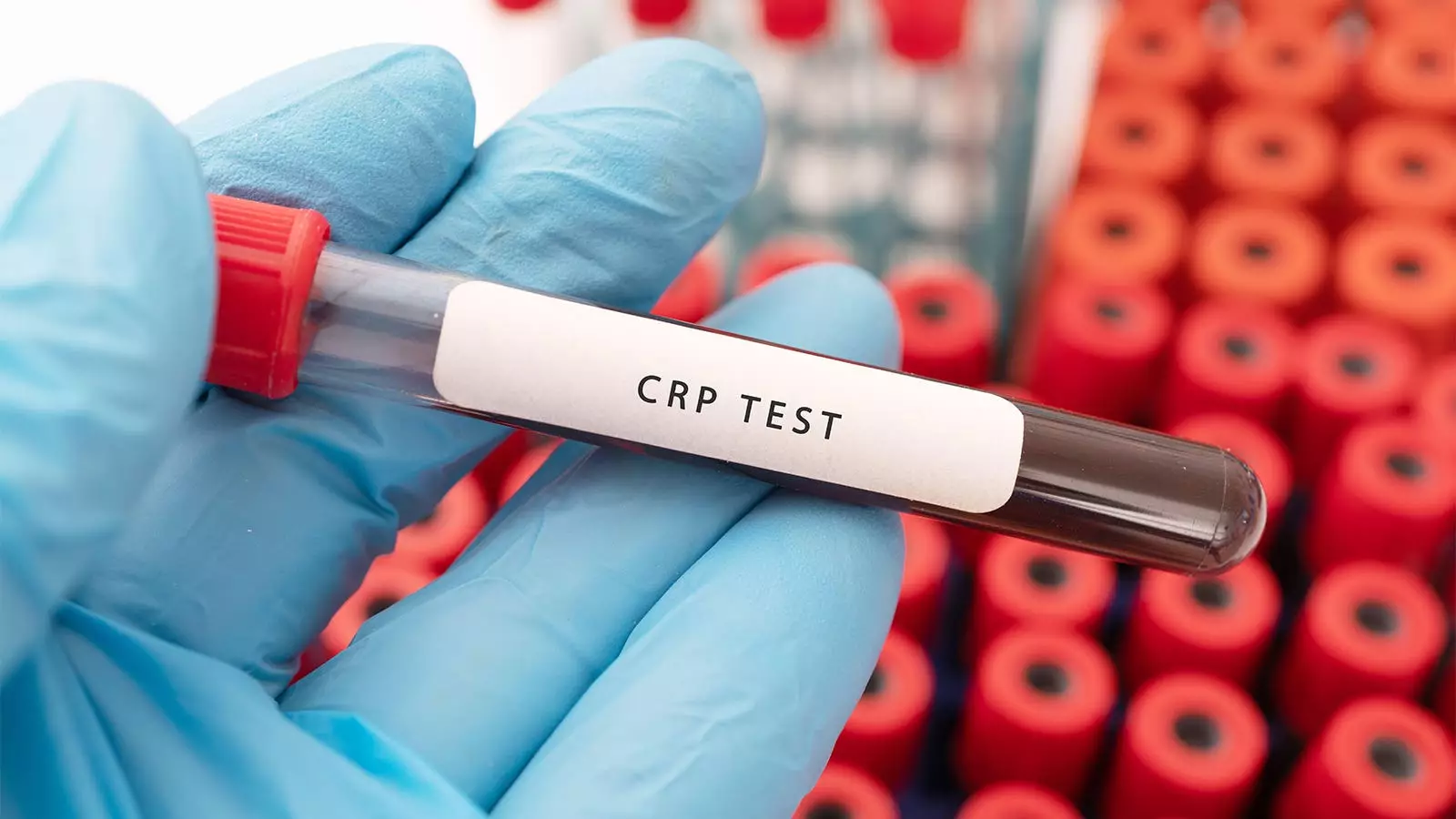Hidradenitis suppurativa (HS) is a chronic skin condition characterized by painful lumps, abscesses, and scarring, which can significantly impair a patient’s quality of life. The quest for effective treatments has led researchers to explore various biomarkers that may predict treatment response. One such inflammatory marker, C-reactive protein (CRP), has garnered attention following an analysis of the PIONEER I and II trials, which examined the efficacy of adalimumab (Humira) for treating HS. The findings have implications for treatment strategies and highlight potential barriers to successful outcomes in certain patient populations.
The correlation between serum levels of CRP and clinical response to adalimumab has surfaced as a noteworthy finding in dermatology. According to the analysis conducted by Alexa B. Kimball, MD, MPH, and her colleagues, patients presenting with elevated CRP levels at baseline were less likely to exhibit a favorable response to treatment. Specifically, adults with CRP levels exceeding 0.30 mg/dL had a reduced likelihood of achieving clinical improvement, as evidenced by an odds ratio (OR) of 0.53. This suggests that higher inflammatory burdens can hinder the drug’s effectiveness, casting a shadow on the management of severe HS cases.
The research indicates that while adalimumab is still capable of eliciting a response in patients with elevated baseline CRP—showcasing 3.18-fold higher odds compared to a placebo—those with the most significant inflammatory response are at a disadvantage. Each incremental rise in CRP correlates with a diminishing likelihood of achieving clinical improvement. Particularly alarming is that individuals within the upper quartile of CRP levels experienced a staggering 30% decrease in response likelihood compared to those with milder inflammation. These insights underscore the importance of acknowledging systemic inflammation in treatment planning.
While these findings seem to establish CRP as a significant predictor of treatment response, how do clinicians interpret this data in practice? Danilo C. Del Campo, MD, emphasizes his cautious approach, explaining that despite the findings, he typically administers adalimumab at the recommended dose regardless of CRP levels. His emphasis on clinical experience over laboratory metrics echoes a broader sentiment within the medical community, where the unpredictability of treatment response remains a critical concern. This raises essential questions about risk stratification in prescribing biologics.
Similarly, Steve Daveluy, MD, points out that prediction regarding treatment responses remains elusive. He acknowledges that patients with high CRP may respond less favorably, yet cautions against making definitive treatment decisions solely based on this biomarker. Both physicians highlight the necessity for further research to develop more holistic and tailored approaches for managing HS, taking into account individual patient characteristics rather than relying solely on isolated inflammatory markers.
While the post hoc analysis of the PIONEER trials provides valuable insights, it carries limitations. The study’s non-prospective design limits its applicability, and the representation of Black patients—who are disproportionately affected by HS—was notably underrepresented within the cohort. Given these dynamics, the findings highlight the urgency for more comprehensive longitudinal studies designed to elucidate the role of CRP and other potential biomarkers in predicting therapy outcomes.
Understanding the interplay between systemic inflammation, biological response, and the broader context of a patient’s overall health, including factors like obesity and comorbid conditions, can forge pathways to optimizing treatment regimens. The researchers suggest considering weight-adjusted dosing of adalimumab, exploring alternative biologics, and possibly integrating adjunctive therapies, such as metformin, to improve outcomes for those with high CRP.
As dermatological research continues to evolve, the implications of CRP in predicting treatment efficacy in hidradenitis suppurativa reflect a broader theme in medicine: the movement towards personalized healthcare. The complexity of HS necessitates a multifaceted approach, bridging biological, environmental, and lifestyle factors.
While the current study sheds light on promising links between inflammatory markers and treatment outcomes, the path toward refining treatment strategies will require ongoing investigations. As clinicians strive to enhance therapeutic success, embracing a personalized approach shaped by rigorous, evidence-based studies will be crucial in navigating the challenges presented by HS, ultimately leading to more successful patient outcomes.


Leave a Reply